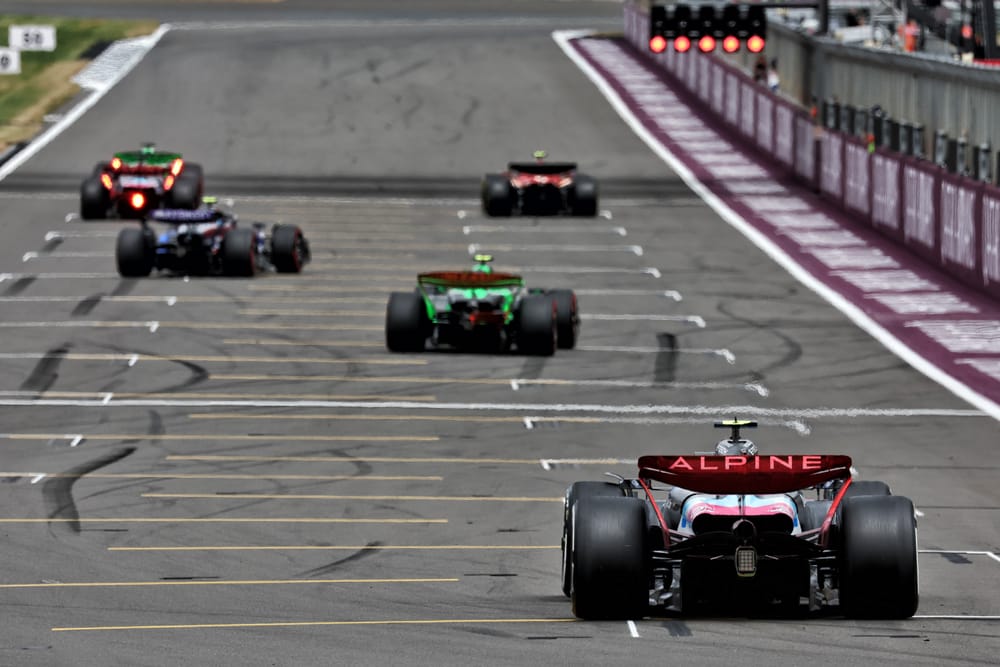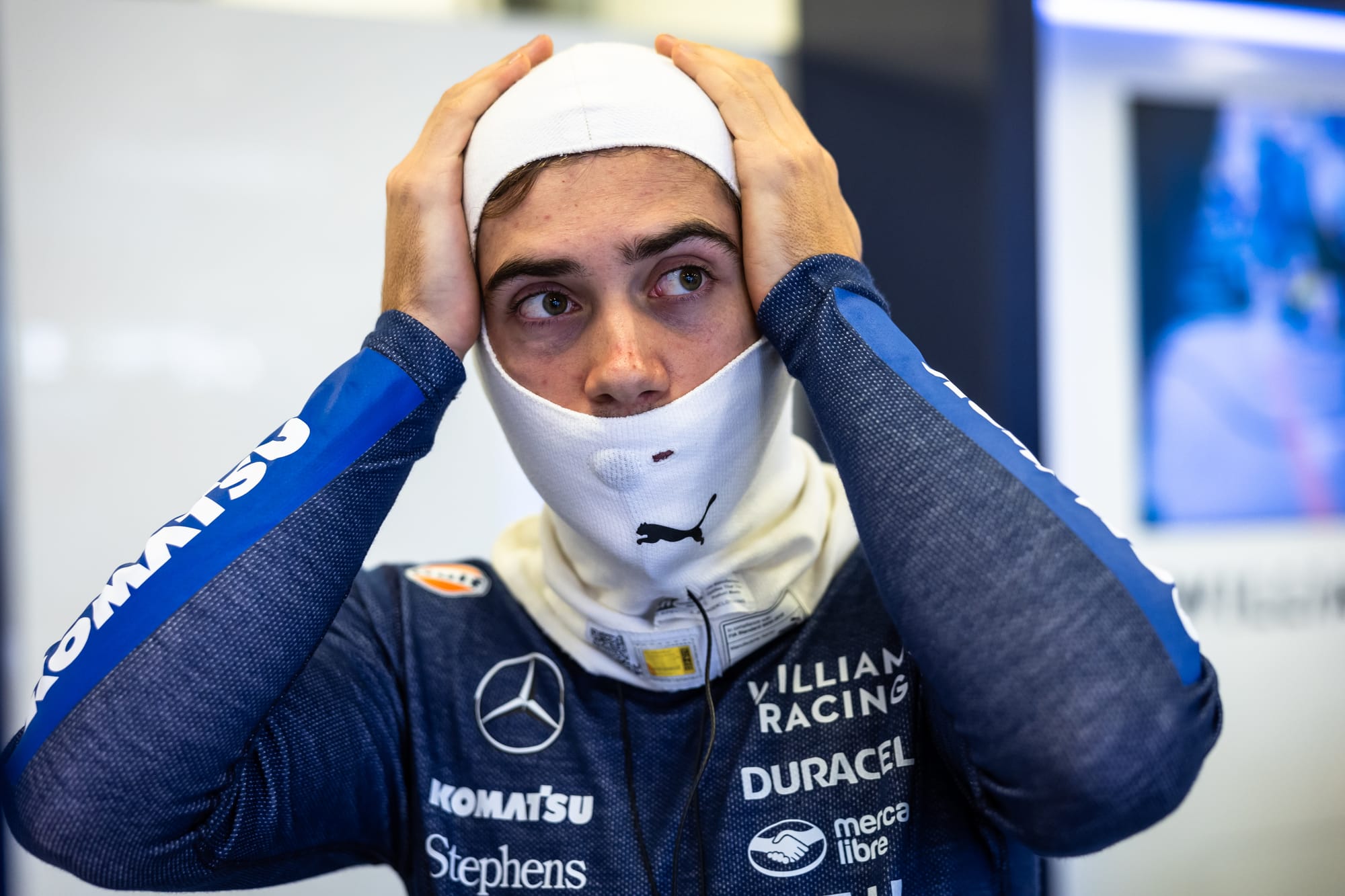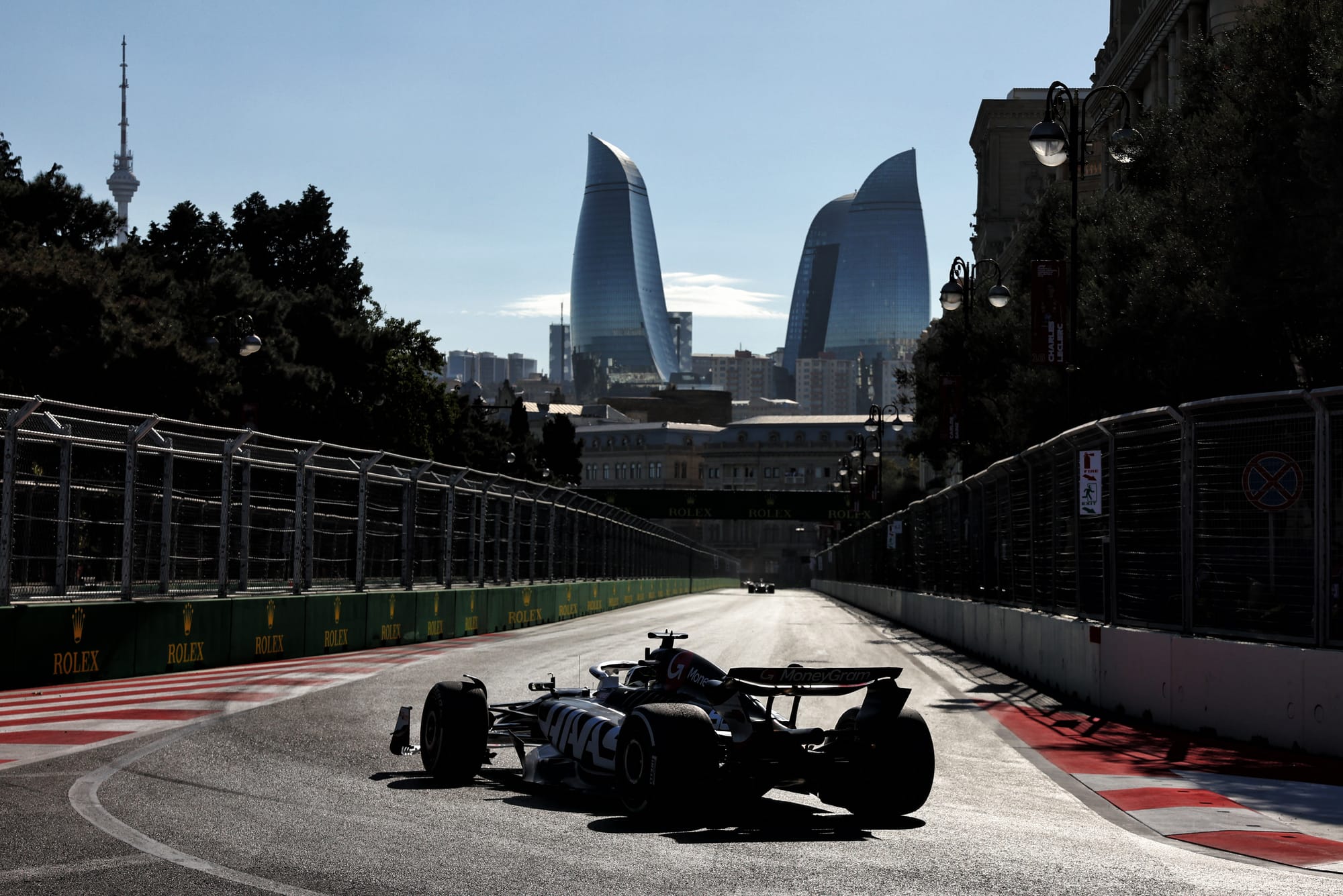Up Next

There will be precious few times when a push for a 25th race event in the Formula 1 season, in a midweek slot, feels like it makes sense.
The bold idea for a post-season race just for rookie drivers is such an occasion, though, although if it does come off we will have to wait at least one more year for it to happen.
The first non-championship F1 race since 1983 looked like it might be held at the end of 2024 with a post-season sprint event just for young drivers in Abu Dhabi.
As it was only tabled in July this year there was so much detail to work out that running the race in 2025 always seemed a lot more likely. But there was such a swell of support for the proposal that F1's decision-makers looked like they were going to fast-track the race for this year after all.
The teams were keen to create this race because it would provide a much more relevant opportunity for young drivers in a way that’s easier to benchmark them. Such F1 outings matter way more than results in Formula 2 at the moment, as that series is considered a bit too random and unreliable to trust, especially with a new car for 2024.
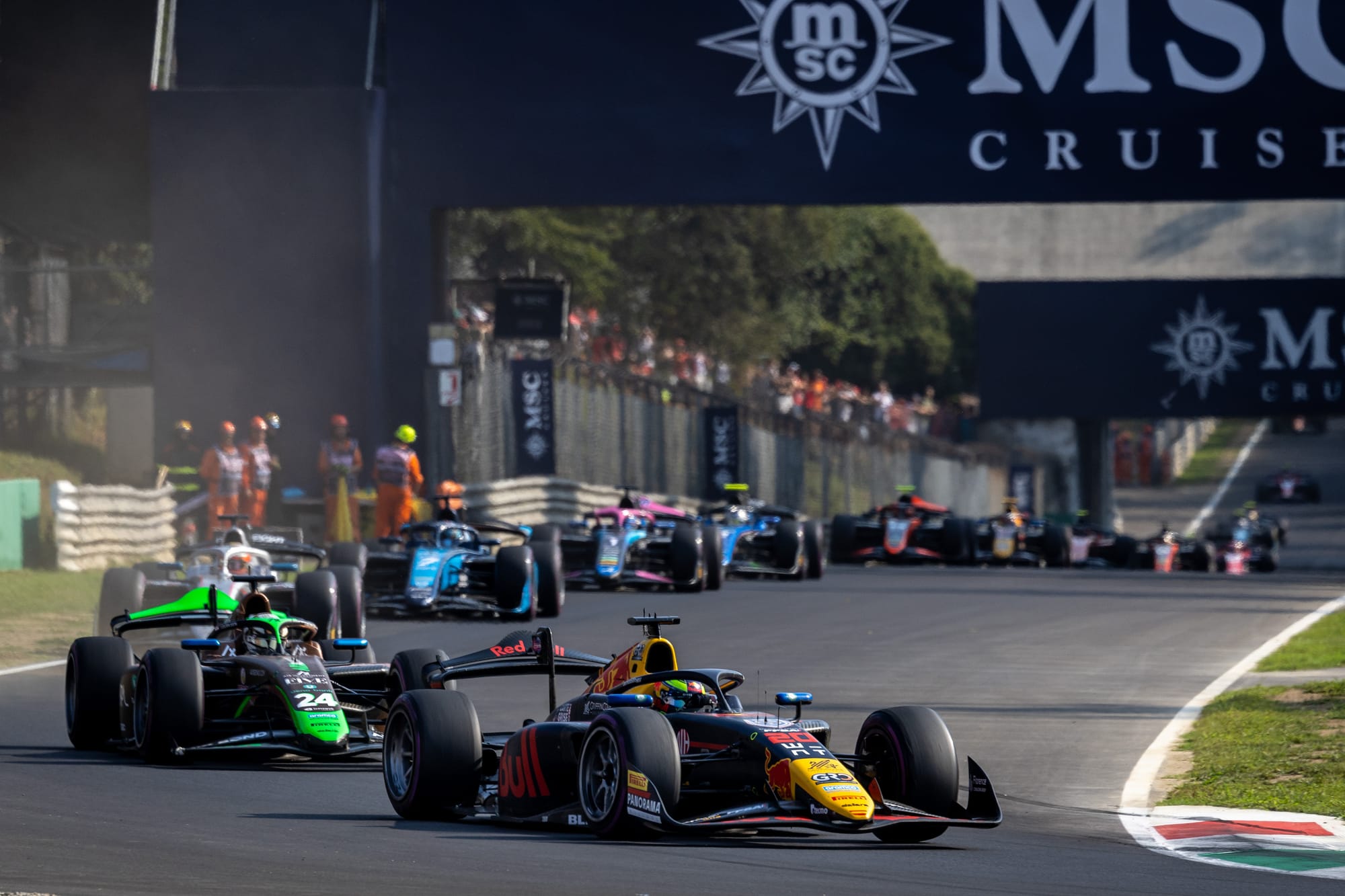
But F1 opportunities are limited. The current post-season rookie tests are used as exactly that: tests. They are tough to evaluate driver performance in. Because they are run to specific plans with different fuel loads and engine modes - and different instructions and attitudes from the teams involved.
And while the mandatory FP1 sessions are a useful regulatory requirement forcing each team to facilitate two Friday practice outings a season, they aren't really sufficient for showcasing what a driver can do, and also come with a downside for the teams involved: they sacrifice a key part of their weekend and they risk sustaining damage.
Of course, there is always the option of a testing programme in two-year-old machinery, which is the only running permitted that's unrestricted in terms of mileage. But that's still limited by the age of the car, is expensive, and not all teams have them.
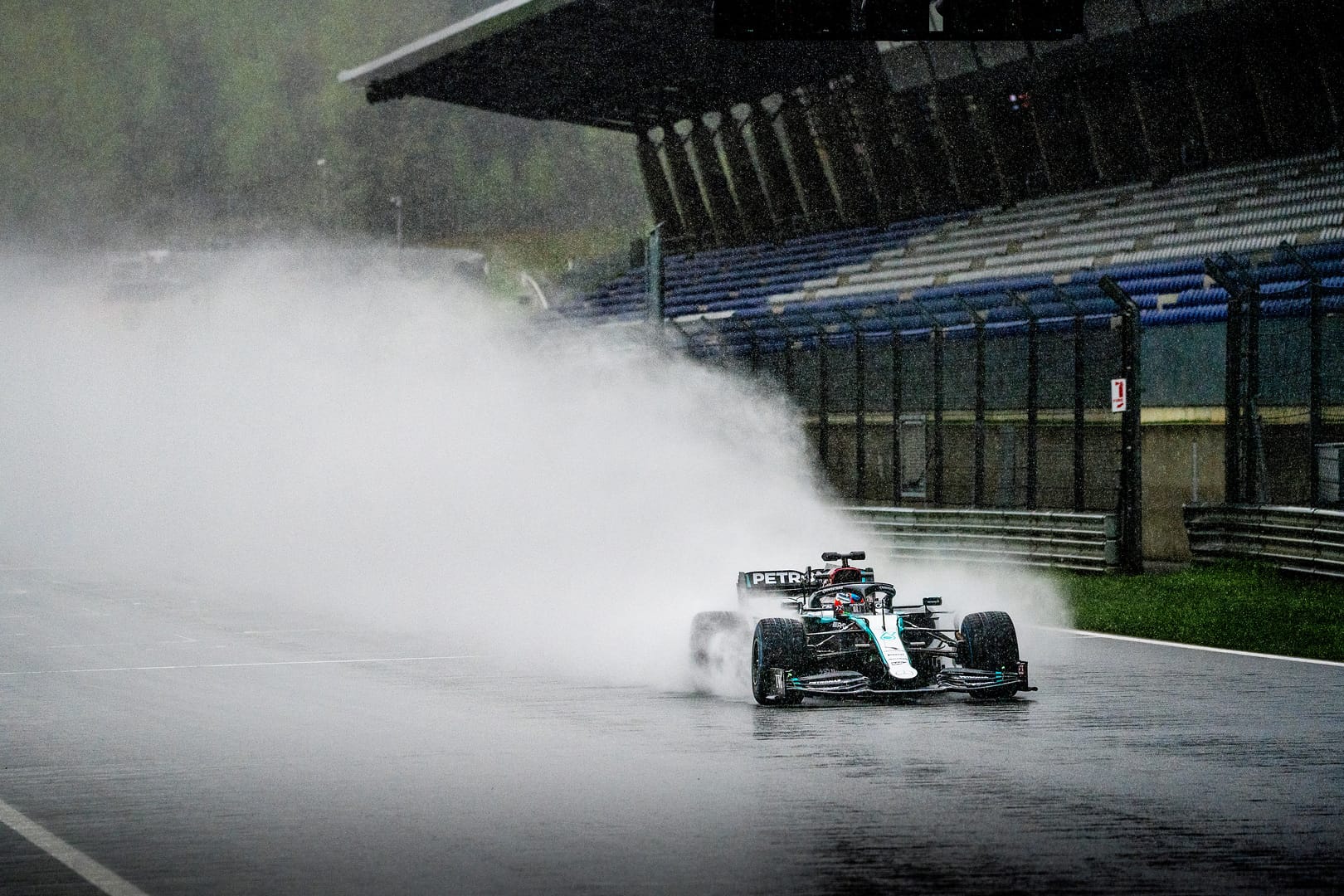
That's why a standalone race idea was mooted. And it made some logistical sense too, rather than trying to crowbar it into the season.
The plan was for the inaugural rookie race to take place on Tuesday December 10 this year, after the season finale in Abu Dhabi - the day usually scheduled for the post-season test, in which teams can run one car for young drivers and a second car to take part in Pirelli tyre testing.
Mooted rookie race day schedule
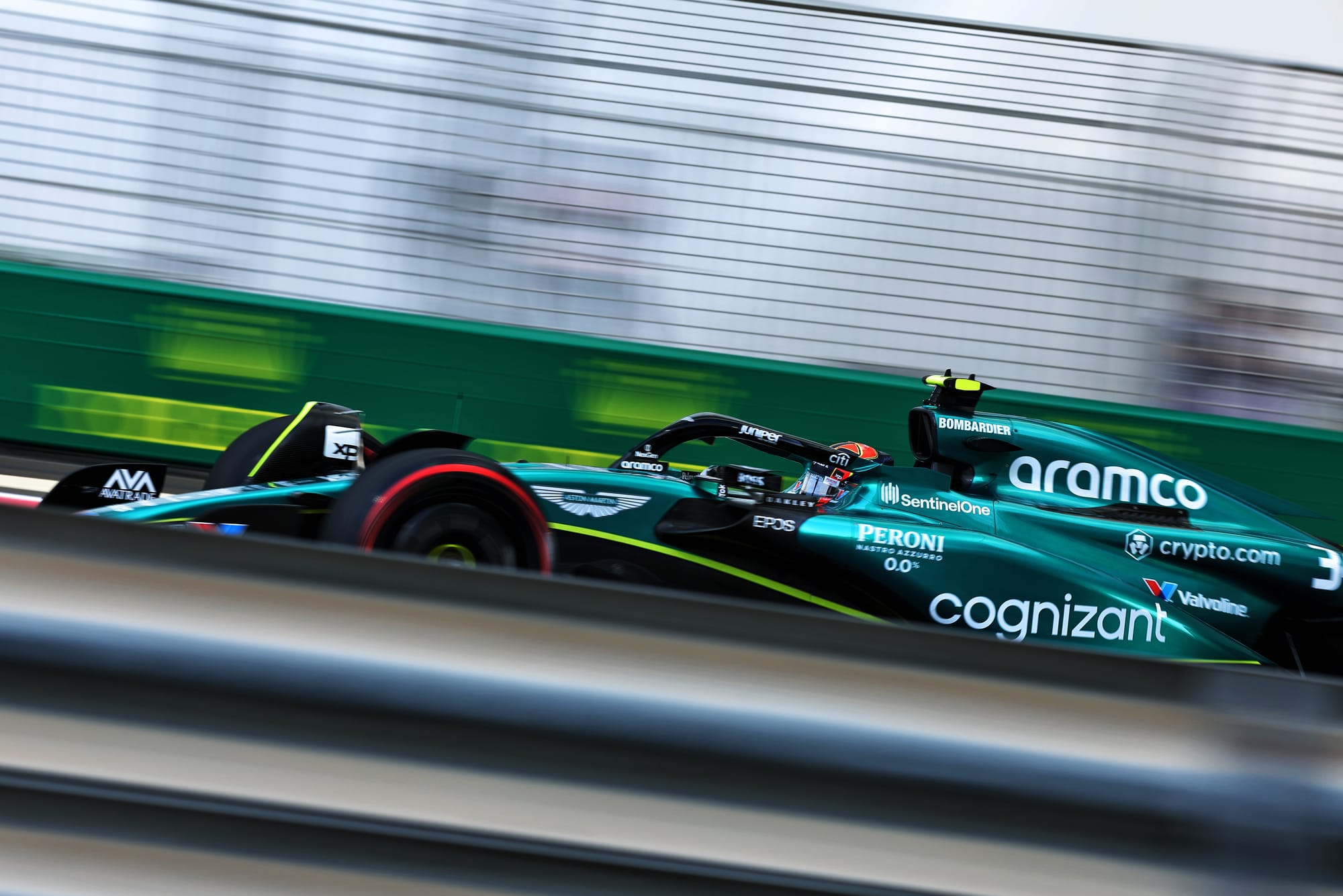
Morning testing (1 car tyre test, 1 car young driver)
Lunch
Sprint qualifying
Afternoon testing (1 car tyre test, 1 car young driver)
Evening sprint race
The two events were going to be combined. In the 'morning', teams were going to run one car for 2025 tyre testing and one car for their young drivers. After a lunch break there would be a 30-minute sprint qualifying session, before a couple more hours of tyre testing and then the sprint to round off the day. This was going to take place in evening conditions under floodlights.
Such detail serves to show just how much had been discussed and tentatively agreed. It really came close to being pulled off immediately, but unfortunately it wasn't to be. At least not yet.
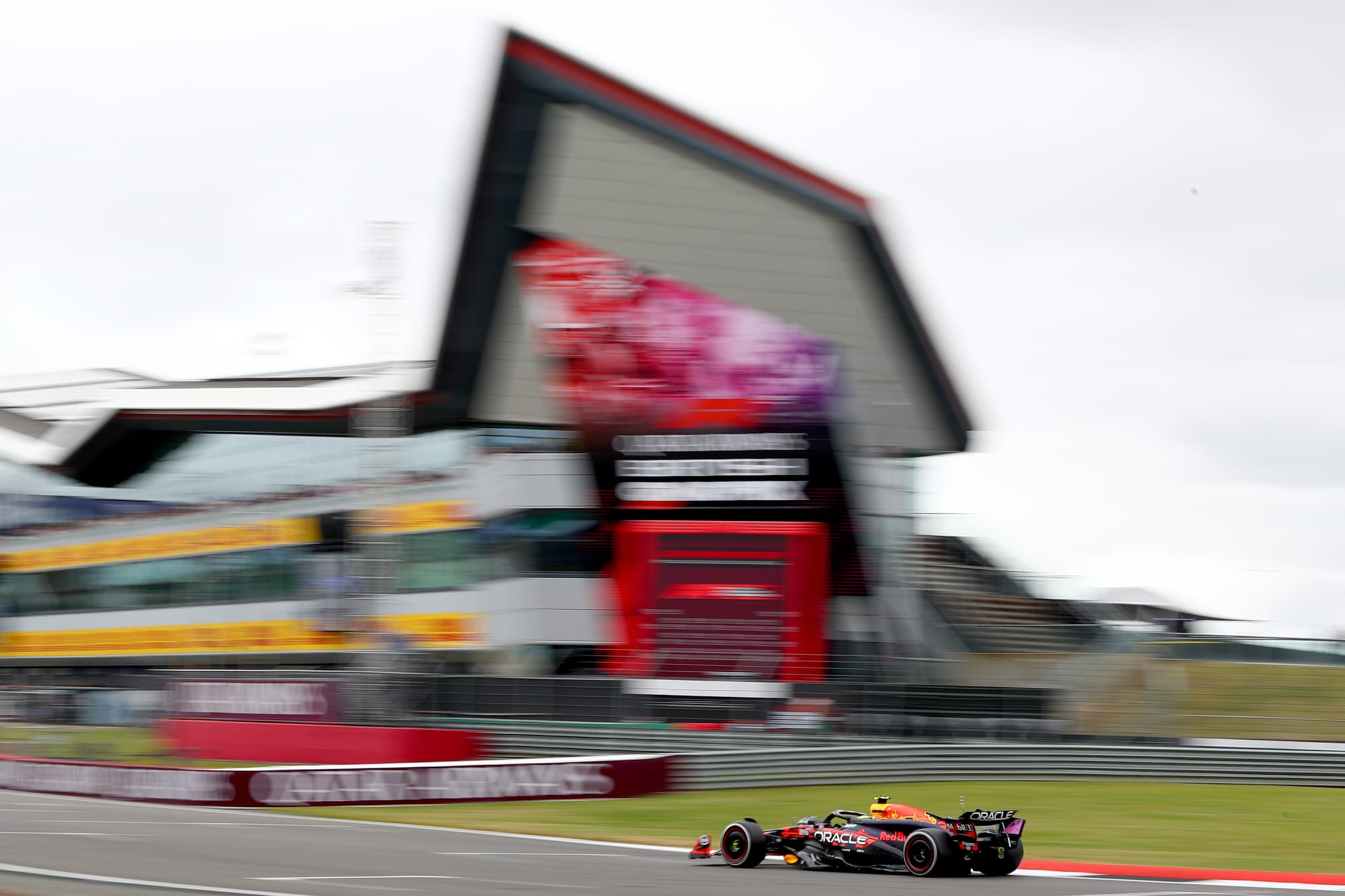
It has only been deferred, rather than canned entirely - which must not be allowed to happen but is a risk now the momentum has potentially been sucked from the idea. It is crucial that the time is used to iron out the details and execute it properly rather than let it fade from view.
Putting a bunch of young drivers, mostly those from teams' own academies but inevitably with some wildcards if it became a 20-car grid, would be a fascinating exercise, one that could genuinely change career trajectories and unearth some overlooked talents.
We've seen enough evidence now that teams value what young drivers do in F1 machinery way more than in F2. This would be a guaranteed mini-version of the unpredictable stand-in appearances that have benefitted the likes of Ollie Bearman, Franco Colapinto, Liam Lawson and Nyck de Vries in the last few years.
It would also be a modern version that captures the spirit of something long since lost to F1, too. Non-championship races used to be quite common in F1, from the start of the world championship as we know in 1950 until the last event in 1983.
As the official F1 world championship grew in schedule size, overall importance and commercial value, that became a bigger priority while non-championship races became more expensive to put on while receiving less financial backing and simply being considered less relevant.
The fun, popular non-championship events were simply destroyed by the same commercialisation and expansion we've come to associate so clearly with F1 in the modern era - which, ironically, is what will bring the concept back with this new event.
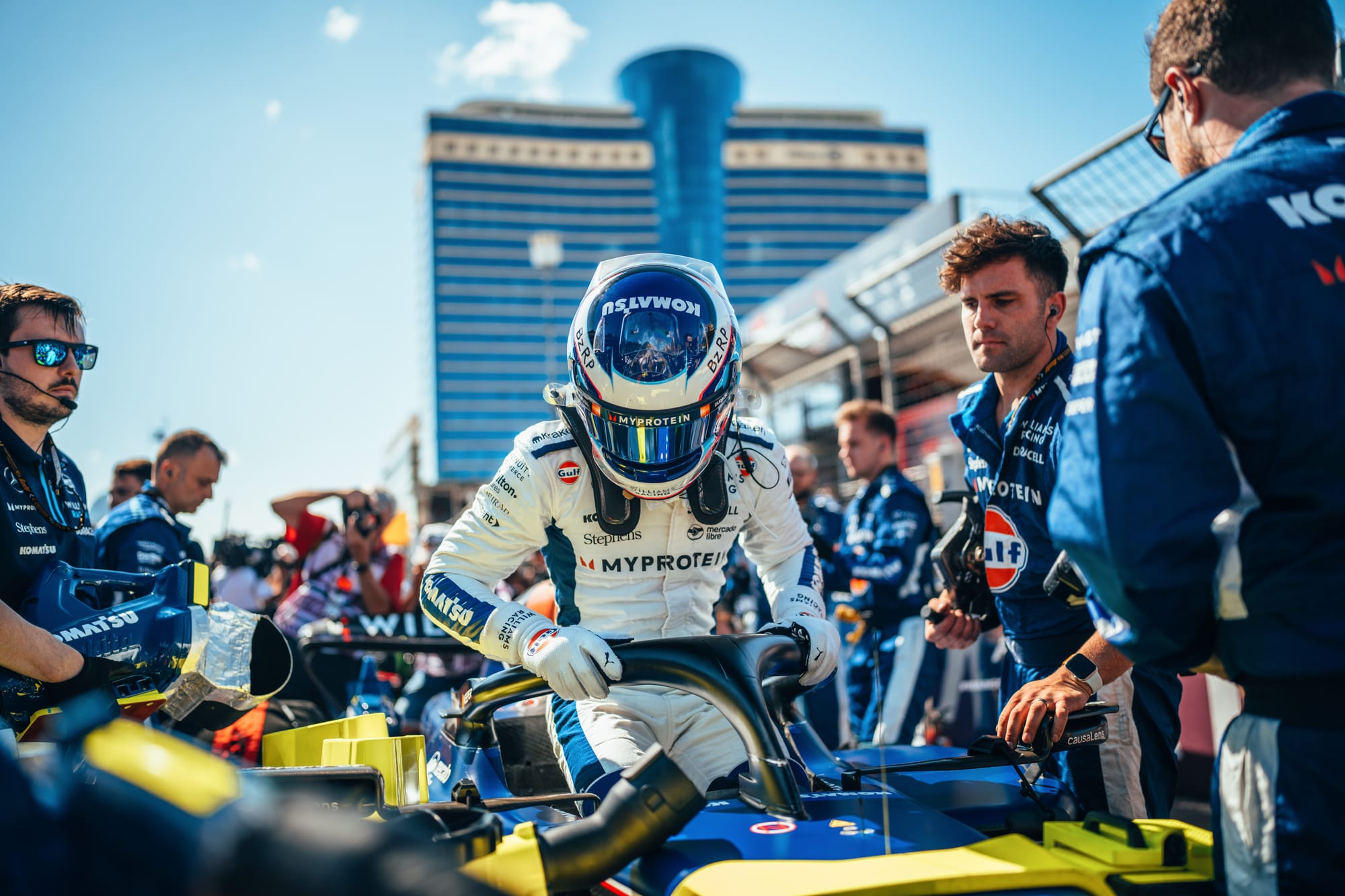
This isn't being driven solely by a virtuous desire to put young drivers in cars. It's because teams and F1 think it can be sold as an extra event.
But it has clear merits. It's something different, with a niche appeal, and most importantly has underlying sporting value. It should be interesting and entertaining to watch young drivers be let loose in actual F1 machinery with something to prove. It'll also make being part of an academy more worthwhile, put a few drivers who aren't in an academy in a more overt F1 shop window, and (if it's managed properly) won't just be a case of devaluing the grid by selling seats to the highest bidder.
The advantage with delaying the event is there's at least more time to refine all the elements to make it as strong a sporting package, and inevitably as much of a spectacle, as possible. As long as a delay is all it is.
Driver-wise, it's already a real shame this race didn't come off in 2024. Partly because in Kimi Antonelli and Bearman there would be two hyped-up, soon-to-be-actual F1 drivers - which is about as good a chance as F1 would have to market this kind of race as any - but also because it had a great mix of drivers who needed greater scrutiny, and some left-fielders who would finally get a chance to prove themselves.
The cycle of young drivers tends to reset every few years. A lot of those drivers won't be eligible in a year's time and it might take a little time before several top prospects are ready at the same time.
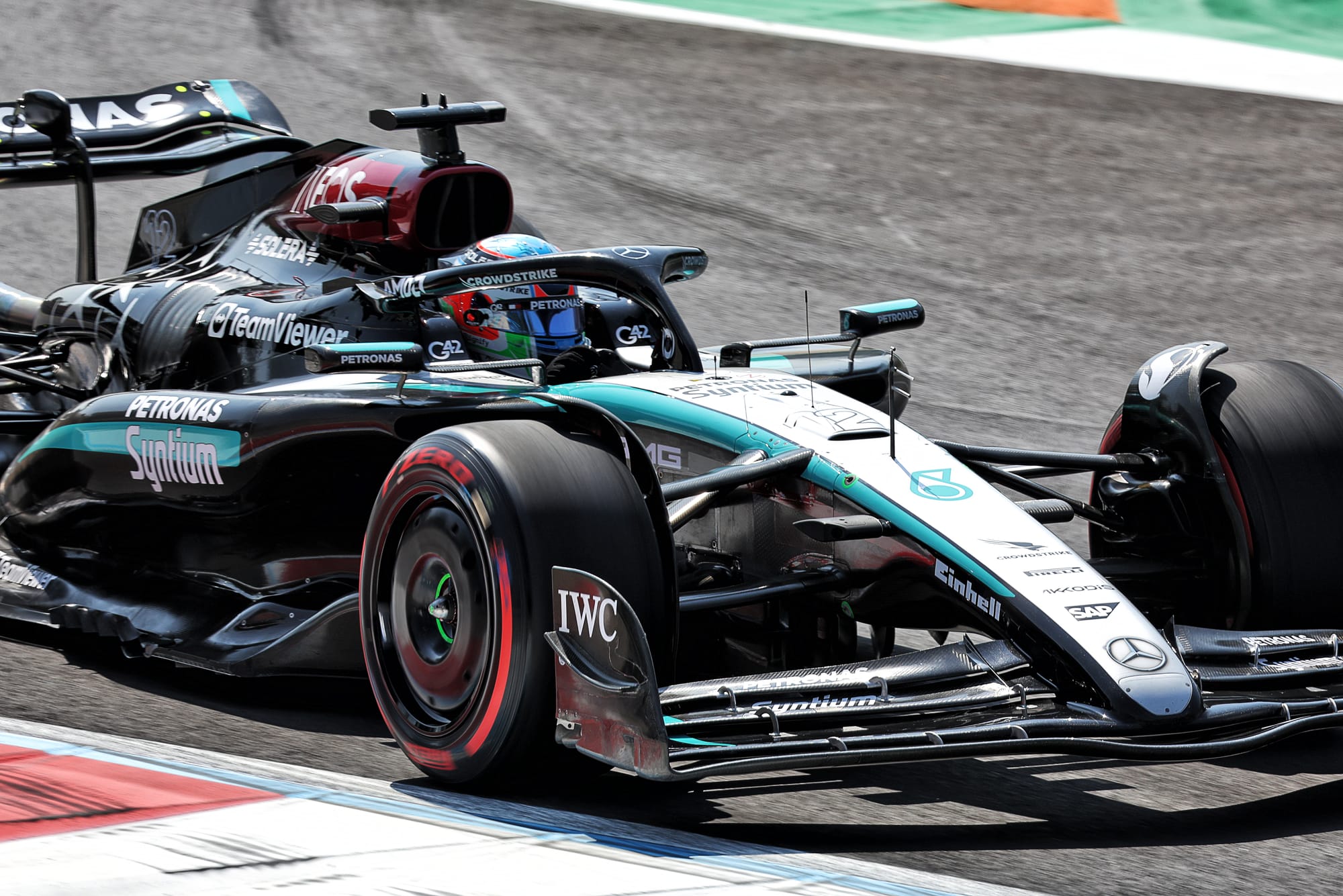
That's the risk with putting this kind of idea on hiatus. But at the same time, if it does happen for 2025 and a 20-car field is realistic, there could be some hidden gems that get unearthed.
Either way, F1 won't know unless it tries. It may well learn that this kind of event is needed more than people think.


